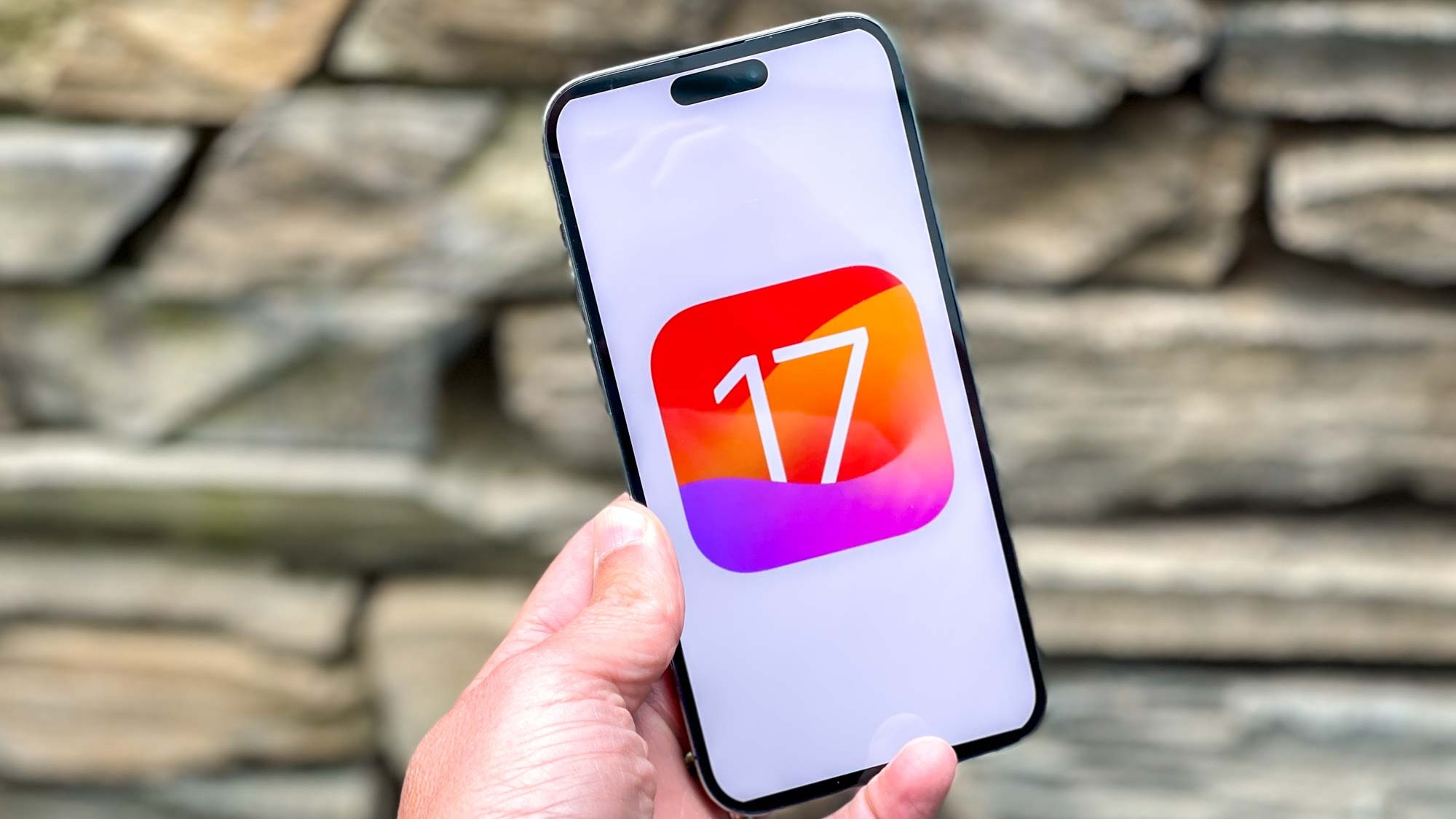
WWDC saw Apple give us our first deep dive into the world of iOS 17, and with it comes confirmation of which devices will support the new operating system. Or, more importantly, which ones won’t. It turns out the iPhone X, iPhone 8 and iPhone 8 Plus are being left at iOS 16, almost 6 years after they first launched.
The phones will still get security updates and bug fixes, but they’ll be missing out on all the features and upgrades iOS 17 has to offer. Six years of full software support is pretty darn good for a smartphone, especially since Apple won't be abandoning the devices completely.
It also makes the state of software support on the best Android phones look embarrassingly weak in comparison.
Apple’s update cycle blows Android’s away
There’s no denying the fact that Apple has mastered the art of updating iPhone software. Every single facet of production is in the hands of Apple, be it hardware, software development or distribution of the updates themselves.
Remember when carriers were the ones responsible for rolling out major updates? Apple made sure the iPhone never had that problem.
Not to mention the fact that Apple only releases four or five iPhones a year, and they’re usually not that different from each other. So the task of optimizing software updates and making sure every device is properly serviced is a lot less troublesome than it would be for Android phone makers.
The fact that there are dozens of third parties each making dozens of Android phones, many of which have a slight twist on the base Android software, means a lot more work needs doing to ensure new software is compatible. That takes time, effort and resources to accomplish, and the grand overview of software updates gets rather fragmented very quickly.
In fact, one staple part of the WWDC keynote used to be Apple proudly bragging about how many iPhones were running the latest version of iOS. All while being compared with thunderous laughter to the comparatively miniscule number of Android phones running the latest software.
To top it all off, Apple supports its phones for several years after launch, even after many launch-day buyers moved onto a newer device. We can’t say for sure how many active iPhone X or iPhone 8 users there are, but I'm sure it's a lot — and strong software support will have played a part in keeping those devices going this long.
Older phones don’t get to enjoy everything new software has to offer, and certain features are reliant on having the right hardware. The iPhone 14’s Emergency SOS via Satellite is one great example, since no amount of software will connect an iPhone 13 to a satellite if it doesn’t have the right components. But it’s still better than no support at all.
Android’s improving, but it’s still not enough
By comparison, the state of Android software updates is pretty embarrassing. Traditionally phone makers would offer two years of full Android software updates, followed by an additional year of security updates — giving the phone a three-year lifespan before it starts to become something of a liability.
Even the best Android phone makers are still lagging behind Apple’s update prowess.
Things have been changing for the better, but even the best Android phone makers are still lagging behind Apple’s update prowess.
The best update support comes from Samsung, maker of some of the best Android phones. Currently Samsung is offering four years of Android updates and five years of security updates on a range of phones, including the flagship Galaxy S series and some mid-range Galaxy A-series devices.
So a Galaxy S23 and Galaxy A54, which launched earlier this year, will receive Android updates until 2027 and security updates until 2028. OnePlus announced it was offering the same with the OnePlus 11, though it’s unclear whether this trend will continue with future flagships.
Google isn’t far behind with the Pixel series, offering three years of OS updates and five years of security updates. Though, frankly, since Google is responsible for the development of Android you’d think it would be able to do a lot better than that. In fact Google Pixels used to be the best supported Android phones, until Samsung realized longevity is a selling point and took the lead.
As someone that’s been using Android phones since 2011, the fact that you can now get more than three years of software and security updates is definitely a win. But long-term software support is an essential thing to have. Not only does it mean you get a bunch of the latest features and upgrades without paying $800 for a new phone, it also allows you to keep an older device without putting yourself and your data at risk.
Bottom line
While some might want Apple to offer full OS updates for longer than it has done, there’s no denying that it’s leading the charge when it comes to long-term mobile software support. In fact even the longest-supporting Android phones struggle to come close. And the fact different Android phone makers offer different levels of support further adds to the fragmentation that’s plagued Android for so long.
Google has done a lot to try and speed up the process in which third party phone makers rollout upgrades over the years, which is no bad thing. But little has been done to try and extend the lifespan of Android phones with the appropriate software. And until Android phone makers can get their act together, Apple is just going to continue embarrassing them by doing its own thing.







